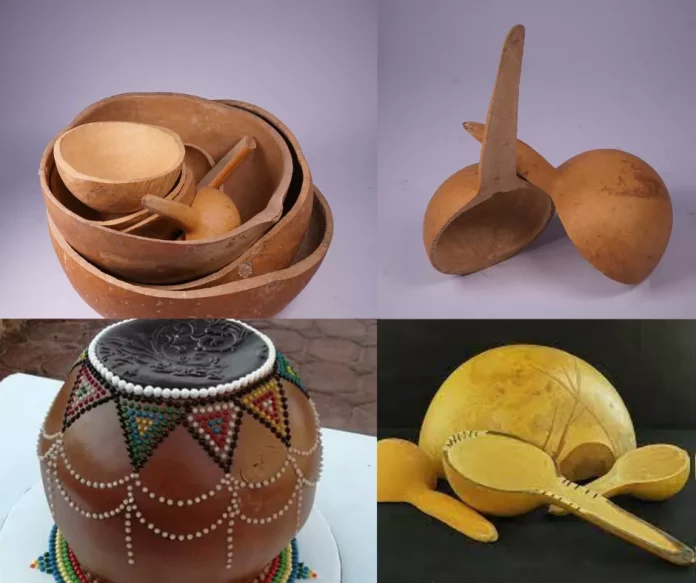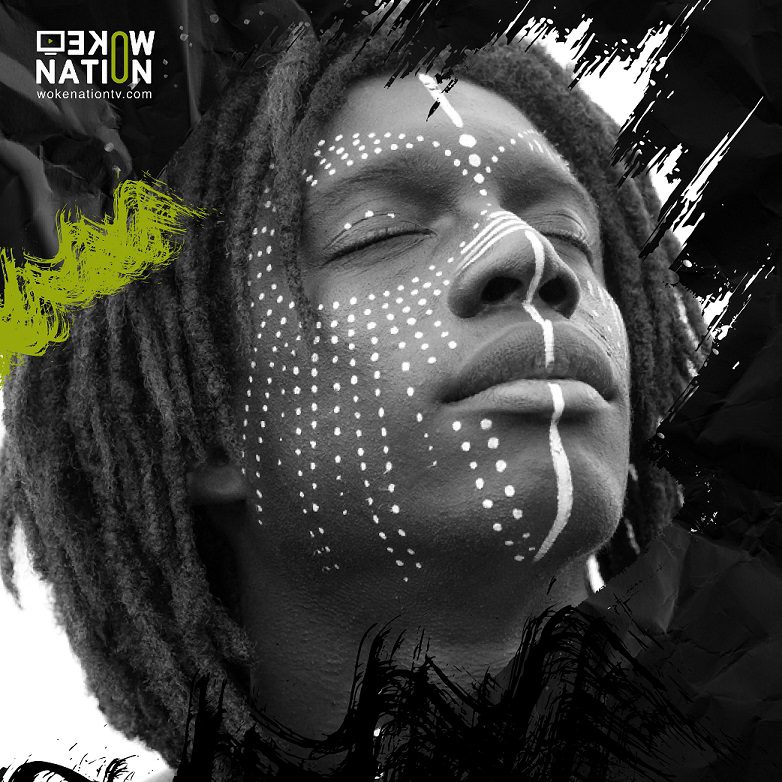How to Make and Use “African Calabash”
African calabashes are traditionally made from the hard-shelled fruit of the calabash tree, which is found in many parts of Africa. Let’s see how you can make them, and why they hold so much significance.
African Calabash is a vibrant art form and an important part of African culture. It has so many uses, each with its own unique symbolism and meaning.
The Cultural Significance of African Calabash
African Calabash carries many symbolic meanings that are embedded in African culture. It is an important sign of hospitality, as some use bowls made from calabash as a gift to welcome visitors in some cultures. In other cultures, these traditional bowls represent different aspects of life such as fertility, abundance, and protection. Each bowl made of calabash tells a unique story – one woven with tradition, love, and connection to tribal lands.
Understanding the Artistry and How It’s Made.
African Calabash is an art form commonly crafted from dried gourds that are carefully carved and sometimes painted. Learn how to make your own African Calabash from start to finish. A perfect way to make decorations or containers for special occasions!
Here are the general steps to make an African calabash:
- Choose a mature calabash fruit that is fully grown and has a hard shell.
- Clean the exterior of the fruit with water and a scrub brush to remove any dirt or debris.
- Cut off the stem and the blossom end of the fruit using a sharp knife.
- Make a small hole in the top of the fruit with a pointed tool such as an awl or a nail. This hole will be used later to drain the contents of the fruit.
- Shake the fruit to loosen the seeds and pulp inside.
- Use a spoon or a scoop to remove the seeds and pulp from the inside of the fruit. Be careful not to damage the shell.
- Rinse the inside of the fruit with water to remove any remaining pulp or seeds.
- Allow the fruit to dry in a warm, well-ventilated area for several days, or until the shell is hard and dry.
- Sand the exterior of the fruit with sandpaper to smooth out any rough spots or imperfections.
- Decorate the exterior of the fruit with paint, carving, or other embellishments, as desired.
- Use the small hole at the top of the fruit to drain any remaining liquid from the inside, if necessary.
Your African calabash is now ready for use as a decorative or functional object, such as a bowl, a musical instrument, or a container for food or water.
Facts About African Calabashes
Here are some facts about African calabashes:
- Calabashes are gourds that grow on trees and are commonly found in Africa, as well as in other tropical and subtropical regions around the world.
- The scientific name for the calabash tree is Lagenaria siceraria.
- African calabashes have been used for centuries as practical objects, such as bowls, cups, and containers, as well as for artistic and ceremonial purposes.
- Calabashes are often decorated with intricate carvings, paintings, or beadwork to make them more visually appealing.
- The size and shape of calabashes can vary widely, from small round bowls to large, elongated containers.
- Calabashes are also used as musical instruments, particularly in West African cultures, where they are often played during ceremonial and religious events.
- In some African cultures, calabashes are sacred objects for in religious and spiritual practices.
- People say calabashes have various healing properties.
- Calabashes are a sustainable and eco-friendly alternative to plastic and other synthetic materials and are still widely common in rural areas of Africa for practical purposes.
- The calabash tree is also valuable, especially for its wood which you can use in carpentry and other woodworking projects.
8 Main Uses of African Calabash
African calabashes are versatile and have many uses. Here are some of the most common uses of African calabashes:
- As Food and water containers:
Mostly as bowls, cups, and containers for storing and serving food and water. In many African cultures, calabashes are the traditional way to serve food.
2. Musical instruments:
Calabashes are used as the resonating chambers for various musical instruments, such as the gourd banjo, maracas, and the shekere. The sound of the calabash adds a unique and distinct quality to the music.
3. As Decorative objects:
You can use them as decorative objects in African homes, particularly in decors with intricate carvings, paintings, or beadwork. Or even as planters or vases.
4. Religious and ceremonial objects:
In some African cultures, calabashes are sacred objects you can use in religious or spiritual practices. Examples include using them as ritual containers or to offer sacrifices.
5. Household items:
You can use calabashes as practical household items, such as soap dishes, ashtrays, or candle holders.
6. Traditional medicine:
Calabashes have various healing properties and are used in traditional medicine. You can use them as containers for herbal remedies, or as implements in healing rituals.
7. As Toys and games:
you can use them as toys, particularly for children. You can paint or decorate them with designs. Also, you can use them as balls or other play objects.
8. For Agricultural and craft purposes:
Calabashes are sometimes used in agriculture for storing seeds or as containers for transporting goods. You can also use them in crafts, such as basket weaving.
Overall, the uses of African calabashes are varied and widespread. They also remain an important part of many African cultures and traditions.
The Colorful Ndebele Tribal Artwork.
The Ndebele tribe (South African) is famous for its bold and colorful artwork, often painted on the Calabash. Traditionally, the Ndebele would use natural pigments and beeswax from the surroundings to paint intricate geometric and floral patterns on the vessels. In recent times, many carvers have found new ways to incorporate modern supplies such as fabric dyes and clay into their pieces. Each color carries a unique meaning that represents various virtues within their culture. They communicate art through images and stories, making this art form truly unique in its ability to tell such an elaborate story.
-
Explore Ancient African Symbols & Patterns on Calabashes
Calabash vessels are beautiful pieces of art that feature ancient African symbols, patterns, and motifs to tell stories. This form of art conveys traditional values, beliefs, and rituals from one generation to the next. Each color in the paintings carries special meaning for the Ndebele tribe according to tradition and represents concepts such as strength, prosperity, enlightenment, and fertility within their culture. From bold geometric shapes to intricate floral designs, these symbols are incredibly captivating and powerful in their storytelling ability.
-
Visualize Stories with Brightly Colored Scene Depictions & Designs
African Calabash is a beautiful, meaningful form of art that uses multiple colors to create stunning designs. Each color added to the calabash vessel has its own symbolic meaning related to the tribe’s traditional values and rituals. Brightly colored scene depictions often include intricate patterns of flowers, birds, geometric shapes, and even people such as chiefs in full regalia. The traditional imagery on these pieces is incredibly captivating and truly brings to life the stories behind them.

